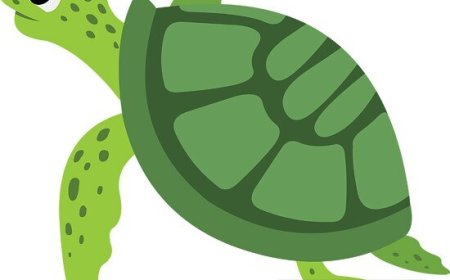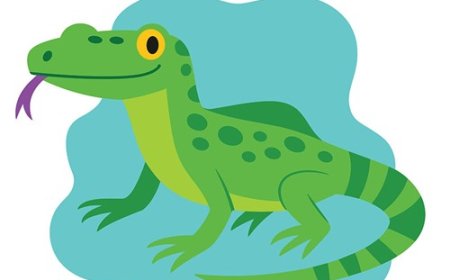American Alligator Facts for Kids – Powerful Reptile of the Swamps
Learn about the American alligator, a large reptile found in the wetlands of the southeastern United States
Scientific Name and Classification
- Common Name: American alligator
- Scientific Name: Alligator mississippiensis
- Kingdom: Animalia
- Phylum: Chordata
- Class: Reptilia
- Order: Crocodylia
- Family: Alligatoridae
- Genus: Alligator
- Species: A. mississippiensis
🐊 Introduction
The American alligator is a large crocodilian from the southeastern United States. It lives in swamps, marshes, rivers, and lakes. It helps keep wetland food webs balanced. It is not usually aggressive to people if left alone.
🦎 Appearance
Dark, armored skin with bony plates called scutes. Broad, rounded snout. Powerful tail for swimming. Males often reach 11–15 ft (3.3–4.6 m). Females are smaller.
🌍 Habitat
Found from Texas to the Carolinas and Florida. Prefers freshwater wetlands. Uses burrows and “gator holes” that hold water in dry times.
🍽 Diet
Opportunistic carnivore. Eats fish, turtles, snakes, birds, and mammals. Young eat insects and small aquatic animals. Swallows prey whole or in big chunks.
🔄 Life Cycle
Mating in spring. Females build mound nests of plants and mud. Lay 20–60 eggs. Temperature affects hatchling sex. Mothers guard nests and help babies reach water.
🐾 Behavior and Social Structure
Mostly solitary. Basks to warm up. Active day or night depending on season. Can make loud bellows. Usually avoids people. Never feed wild alligators.
🛡 Conservation Status
Recovering success story in the U.S. Once endangered from hunting. Now listed as Least Concern with protections. Habitat conservation remains important.
🎭 Cultural Significance
Icon of Southern wetlands. Featured in local stories, sports mascots, and ecotourism. Teaches wetland safety and respect for wildlife.
✨ Fun Facts
- Mothers are attentive and guard young.
- Builds “gator holes” that help other animals.
- Has a powerful bite but weak opening muscles.
- Can hiss and bellow loudly.
📌 Key Takeaways
- Large crocodilian from the southeastern U.S.
- Broad snout and armored body.
- Opportunistic carnivore and wetland keystone.
- Nests are guarded by the mother.
- Not usually aggressive if left alone.
- Strong conservation comeback.
🐾 Kid-Friendly Summary
American alligators live in Southern swamps. They have tough skin, big jaws, and strong tails. Moms guard their babies. They usually avoid people, so give them space.
📚 Vocabulary Words
- Scute – A hard, bony plate in the skin.
- Opportunistic – Eats whatever prey is available.
- Mound nest – A raised nest made of plants and mud.
- Keystone species – An animal that strongly shapes its ecosystem.
- Bellow – A deep, loud call.
- Wetland – Land covered by shallow water part of the year.
- Burrow – A tunnel or hole used for shelter.
- Hatchling – A newly hatched reptile.
🧠 Interactive Quiz: Test Your American Alligator Knowledge
- Where do American alligators live?
- A. Mountains of Alaska
- B. Southeastern U.S. wetlands
- C. African savannas
- D. Open ocean
- What shape is the alligator’s snout?
- A. Very narrow and pointed
- B. Broad and rounded
- C. Hooked like a bird
- D. No snout at all
- True or False: American alligators are usually aggressive toward people.
- True
- False
- Who guards the nest?
- A. The male
- B. The female
- C. Both parents
- D. No one
- What do young alligators eat?
- A. Only plants
- B. Insects and small aquatic animals
- C. Large deer
- D. Rocks



















































